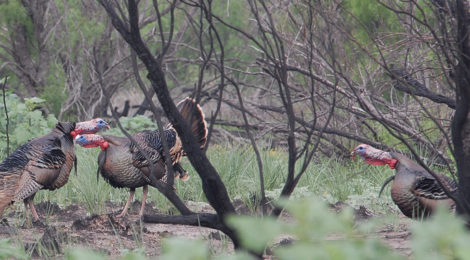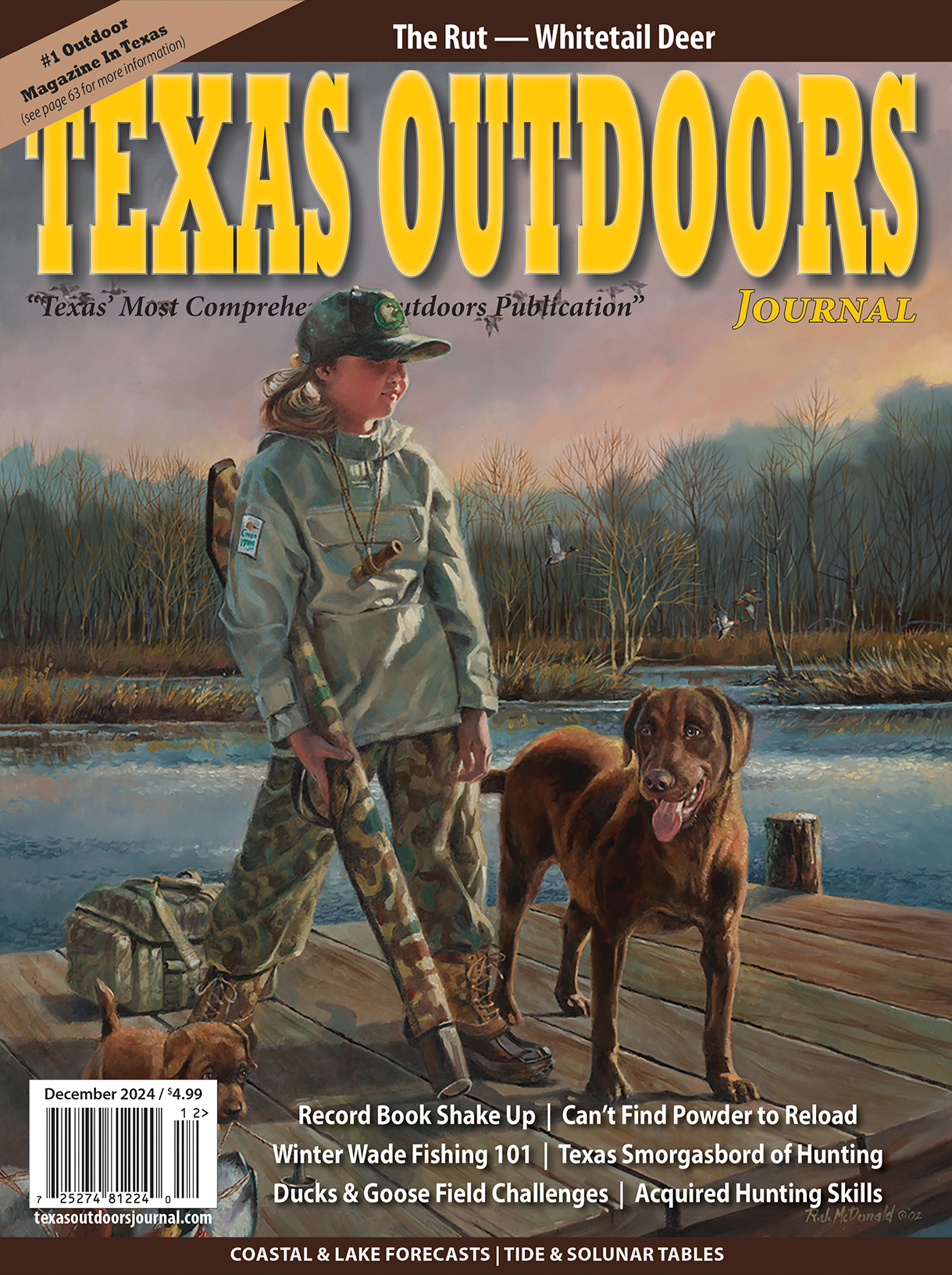
Proven Turkey Management Techniques
Managing a wild turkey population is not unlike managing deer or other species.
Story and Photography by Bob Zaiglin
In the ink-black predawn hours on any given South Texas spring morning, one can hear the ubiquitous who-who-who of the great horned owl as it concludes its overnight vigil by awakening other avian dwellers. As a fiery, pastel-colored orange sky appears at the horizon, the placid morning erupts into a canorous array of bird songs, loudest of which is the gobble of the loquacious tom turkey performing a balancing act high up in a tree, informing all hens as well as competing males of his location.
The tom’s loud, reverberating gobble can be heard over a considerable distance, sometimes attracting creatures other than a hen such as coyotes, bobcats, other combative male turkey and above all camo-clad hunters hoping to get close enough to one of the beautiful fanned-out, red-headed long beards for a shot during the extremely popular spring ‘gobbler only’ turkey hunting season.
Spring is all about calling in a long beard, and each year thousands of turkey hunting enthusiasts enter our wildlands under the cover of darkness. Their quest is to narrow the distance between them and an overzealous long beard so they can call the bird in within shooting distance by employing a variety of calls.








